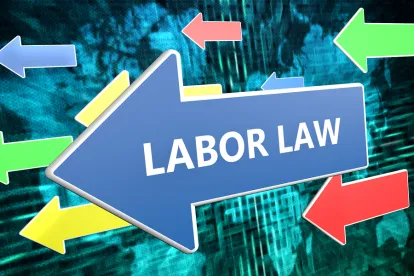On the heels of our reporting that new DOL joint employment regulations are set to take effect March 16, the NLRB jumped into the fray and issued a final rule effective April 27, 2020, restoring a joint employment standard that had been followed for several decades prior to the Browning-Ferris decision issued by the Obama-controlled NLRB in 2015. Under this “what is old is new again” rule, “a business must possess and exercise substantial direct and immediate control over one or more essential terms and conditions of employment of another employer’s employees” to be considered a joint employer. The final rule defines “substantial direct and immediate control” as “direct and immediate control that has a regular or continuous consequential effect on an essential term or condition of employment of another employer’s employees. Such control is not ‘substantial’ if it is only exercised on a sporadic, isolated, or de minimis basis.” This is similar to the DOL’s new standard for joint employer status. The Board goes on to define “essential terms and conditions of employment,” such as hiring, firing, discipline, supervision, direction, wages, benefits, and hours of work. In order to provide greater clarity and remove a potential issue from litigation, the Board also clarified that this list is exhaustive. See the final rule on joint employer status under the Fair Labor Standards Act.
The electronic ink had hardly dried on the NLRB’s announcement, when the New York State Attorney General filed suit on Feb. 26 to enjoin the DOL’s new joint employment rule. According to the New York AG, the new DOL regulation narrows the joint employment standard under the Fair Labor Standards Act and undermines “critical workplace protections for the country’s low- and middle-income workers, [leading] to increased wage theft and other labor law violations.” The new DOL regulation will cost workers an estimated $1 billion annually, according to the complaint. The 17 plaintiff states, which include California, Pennsylvania, Delaware and Illinois, seek a judgment blocking the rule as arbitrary, capricious, and an abuse of discretion.
So while the wheels are turning in the courts and the administrative process, the immediate future is likely to be a bit uncertain for employers and practitioners alike. This is definitely a time for employers to stay abreast of developments and in close contact with trusted labor and employment counsel because the rain clouds could be swirling ahead.



 />i
/>i


